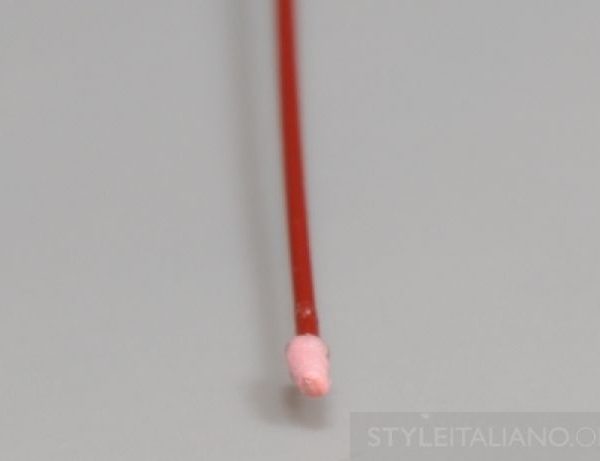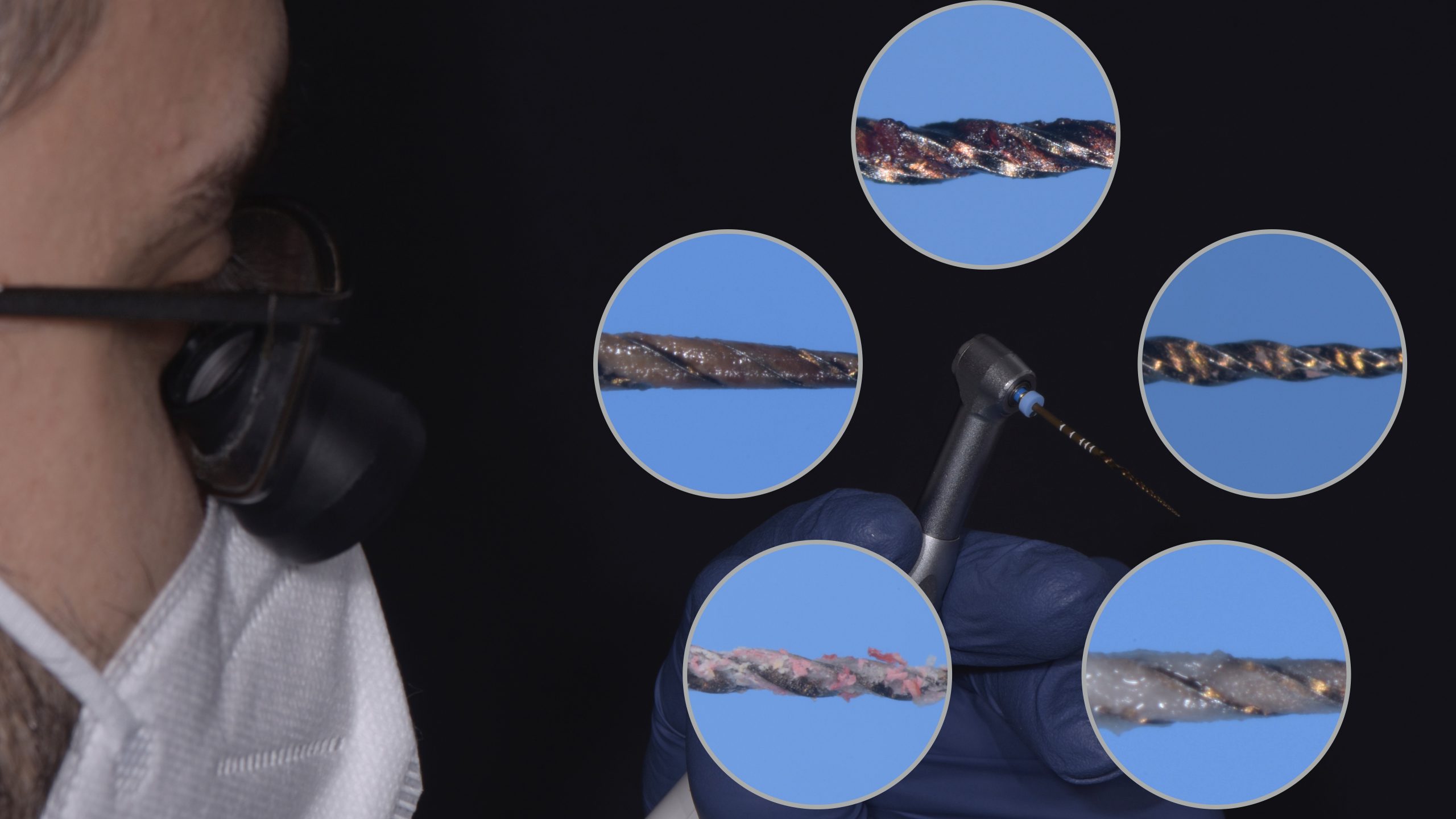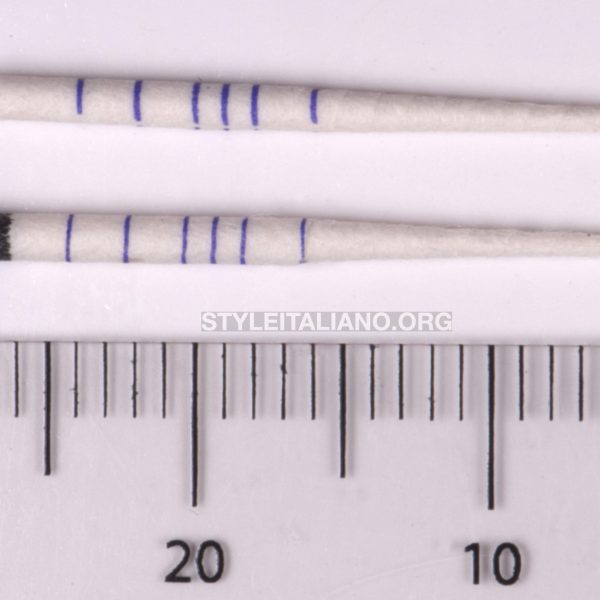
A simple technique for management of apical bleeding
24/06/2021
Ivan Mirovic
Warning: Undefined variable $post in /var/www/vhosts/styleitaliano-endodontics.org/endodontics.styleitaliano.org/wp-content/plugins/oxygen/component-framework/components/classes/code-block.class.php(133) : eval()'d code on line 2
Warning: Attempt to read property "ID" on null in /var/www/vhosts/styleitaliano-endodontics.org/endodontics.styleitaliano.org/wp-content/plugins/oxygen/component-framework/components/classes/code-block.class.php(133) : eval()'d code on line 2
Root canal bleeding is usual finding during root canal treatment/retreatment procedures.

Fig. 1
Usually, we can use paper point technique as the final confirmation of working length. The part of the paper point that is consistently dry is the part that is inside the confines of the root canal system. The part of the paper point that is consistently wet or coated with blood is the part of the paper point that is beyond physiological terminus (PT).
Courtesy of Dr. Clifford Ruddle
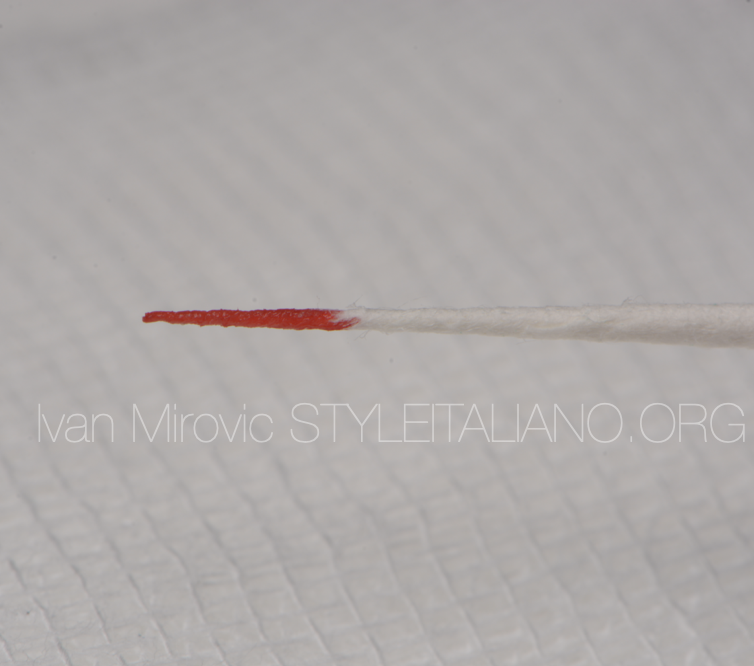
Fig. 2
However, in some cases, such as severe inflammation and irritation of periapical tissues, there could be profound bleeding inside the root canal system. Historically, we used to place calcium hydroxide medication in those cases and complete the case in the next appointment.
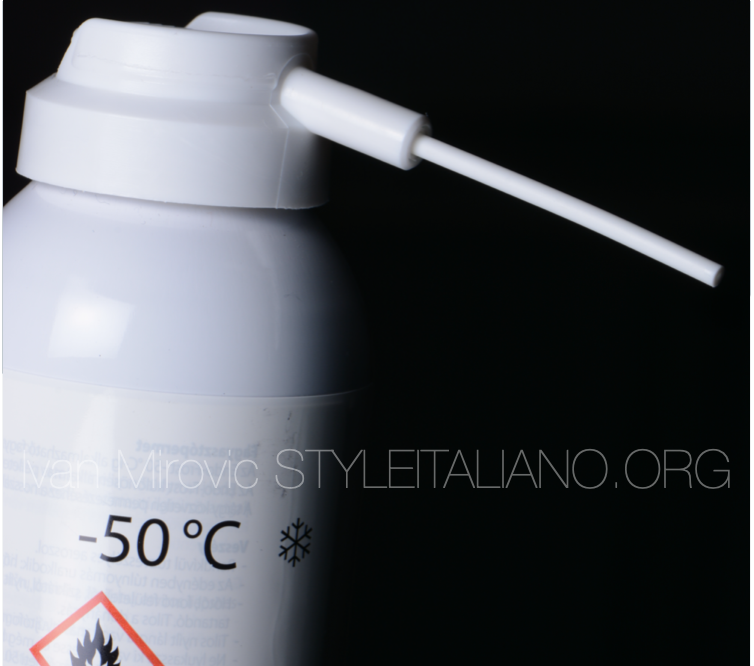
Fig. 3
A simple trick can be used in order to stop the bleeding and finish the case in the same visit.
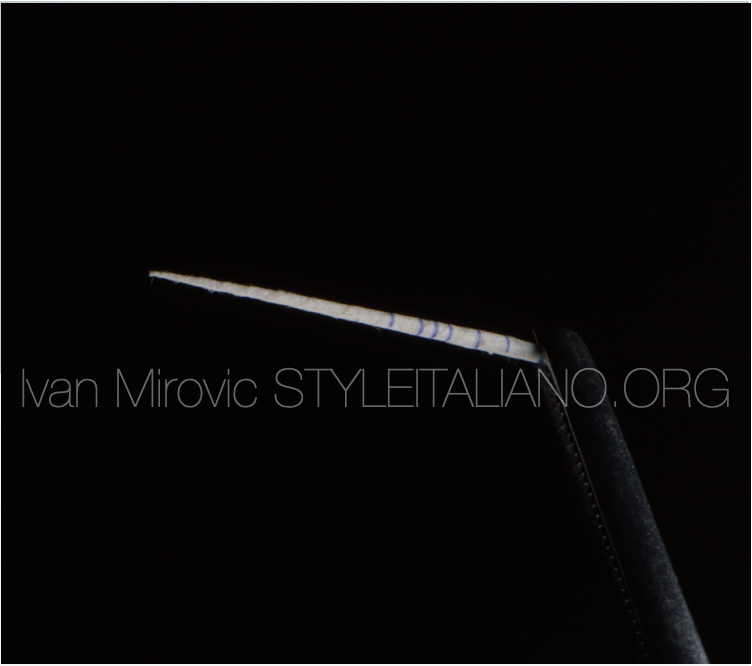
Fig. 4
The paper point, preferably 04 or 06 taper, is sprayed with endo frost spray and placed inside the root canal system beyond physiological terminus for about 20-30 seconds.
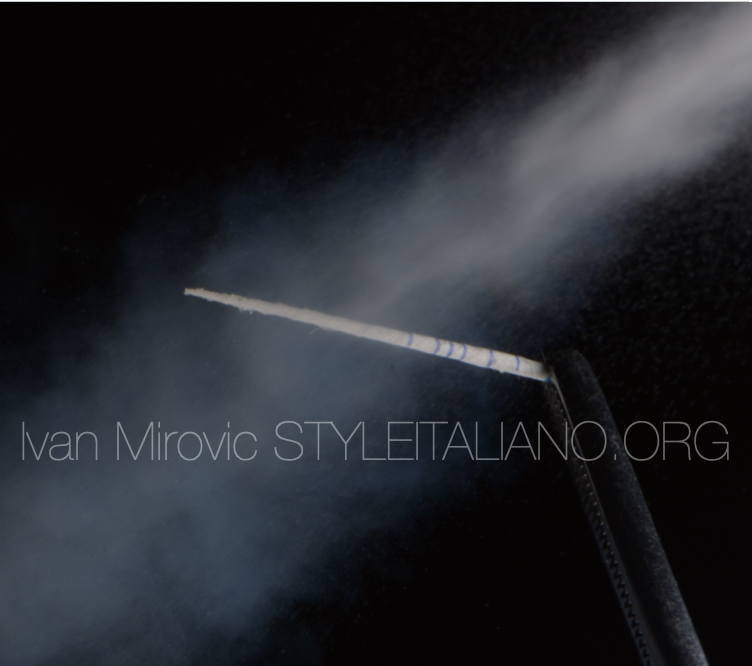
Fig. 5
The frozen paper point will constrict the blood vessels, allowing a clot to form more quickly and stop the bleeding. After removal of paper point, check if the bleeding has stopped. If it is, simply irrigate, dry the canal and proceed to obturation. If it has not, repeat the process.
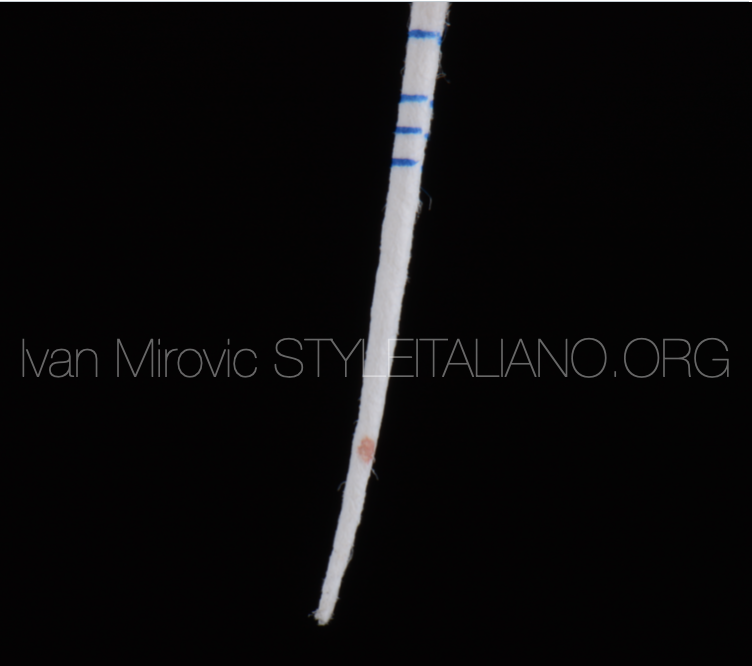
Fig. 6
On occasion, paper points could be spotted with the blood on the lateral side.
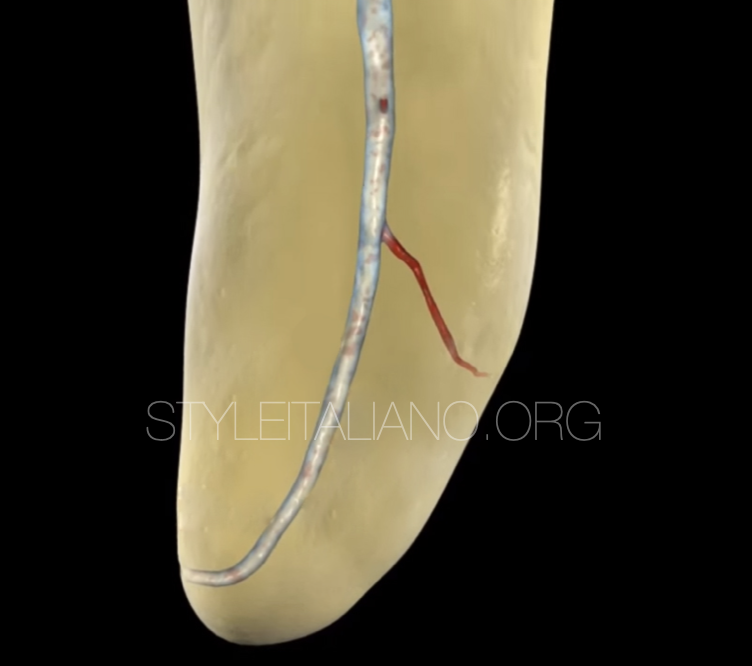
Fig. 7
This could be an indication of the vital pulp tissue inside a lateral canal that has not been digested by sodium hypochlorite.
Courtesy of Dr. Clifford Ruddle

Fig. 8
In this case continue to irrigate in order to allow more time for NaOCl to dissolve pulp tissue. Activation of irrigant and scouting of lateral anatomy with hand instruments could be of great help.
Conclusions
By using this simple trick endodontics clinicians should be able to reduce the number of treatments that need to be postponed because of root canal bleeding.
Bibliography
- Bertani P, Gagliani M, Gorni F: Retreatments. Milan: Edra S.p.A; 2020.
- Roda RS, Gettleman BH: Nonsurgical retreatment. In: Hargreaves KM, Cohen S, editors. Cohen’s pathways of the pulp, ed 10. New York: Elsevier; 2011.
- Ruddle CJ: Endodontic disinfection: tsunami irrigation, Endodontic Practice 11;1, pp. 7-15, 2008.



